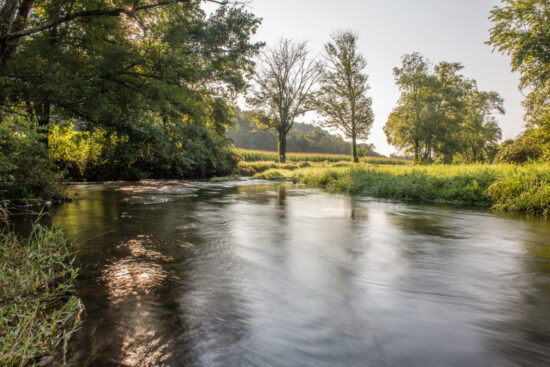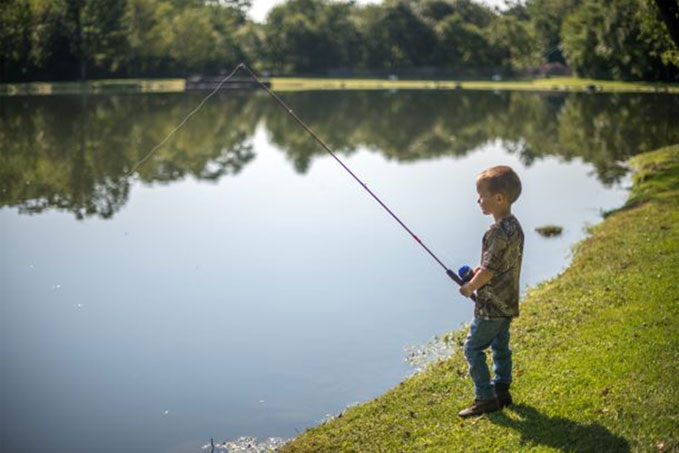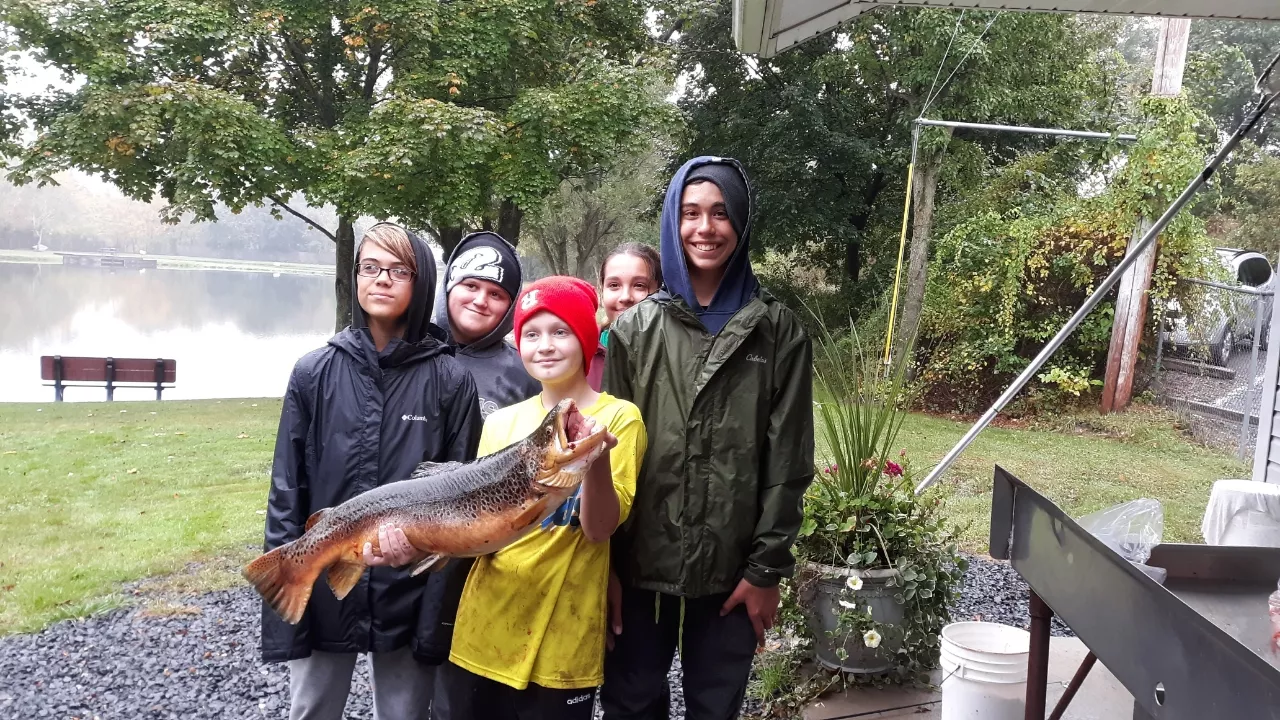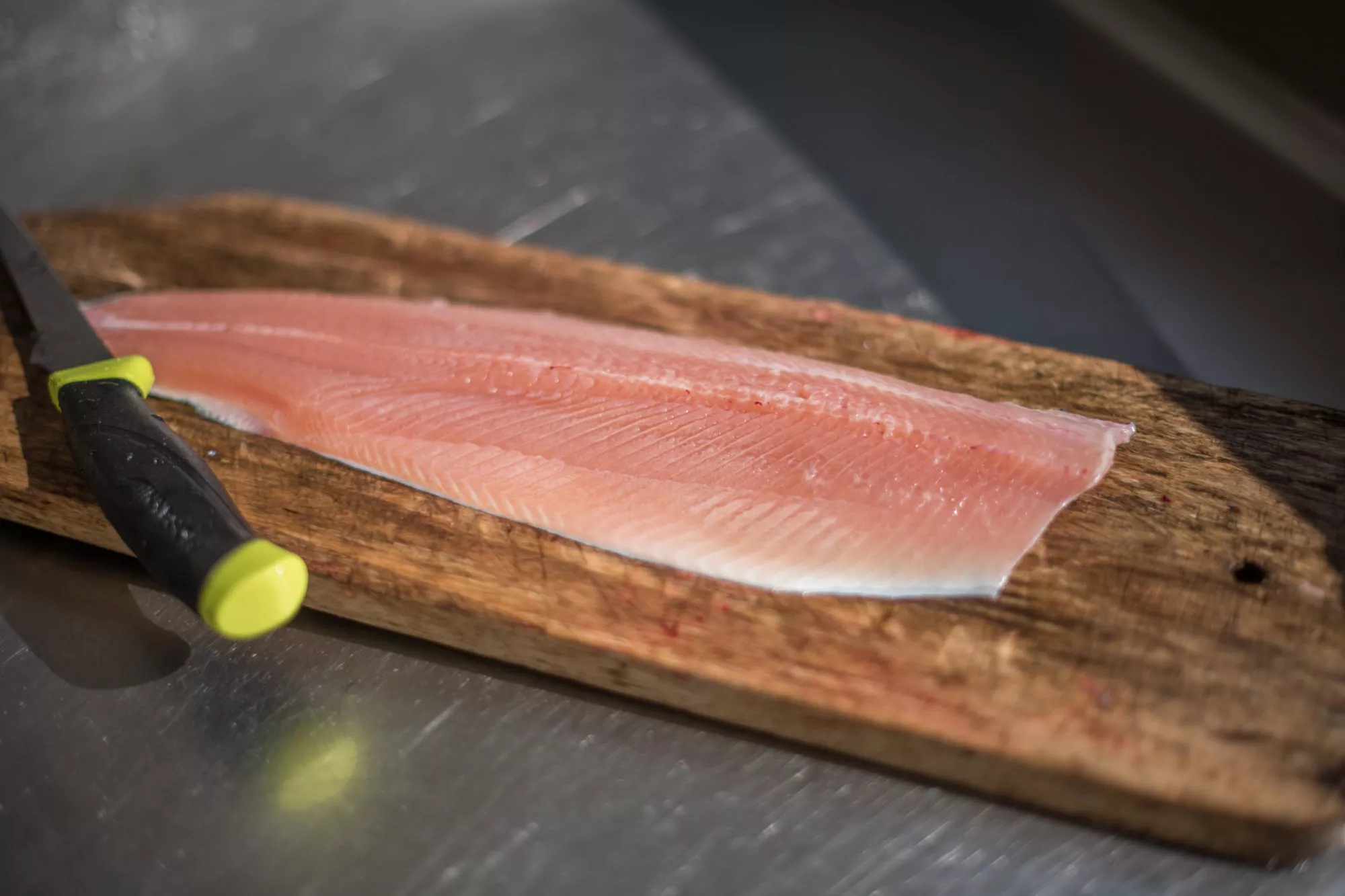Stocking Guide
For Stocking Fish in Ponds and Streams
Whether you have a pond, lake, or a stream, stocking fish can be a great way to take advantage of your water. Some people stock for fishing, others just to establish a healthy community.
No matter the reason, there are a few things to consider before you buy fish.
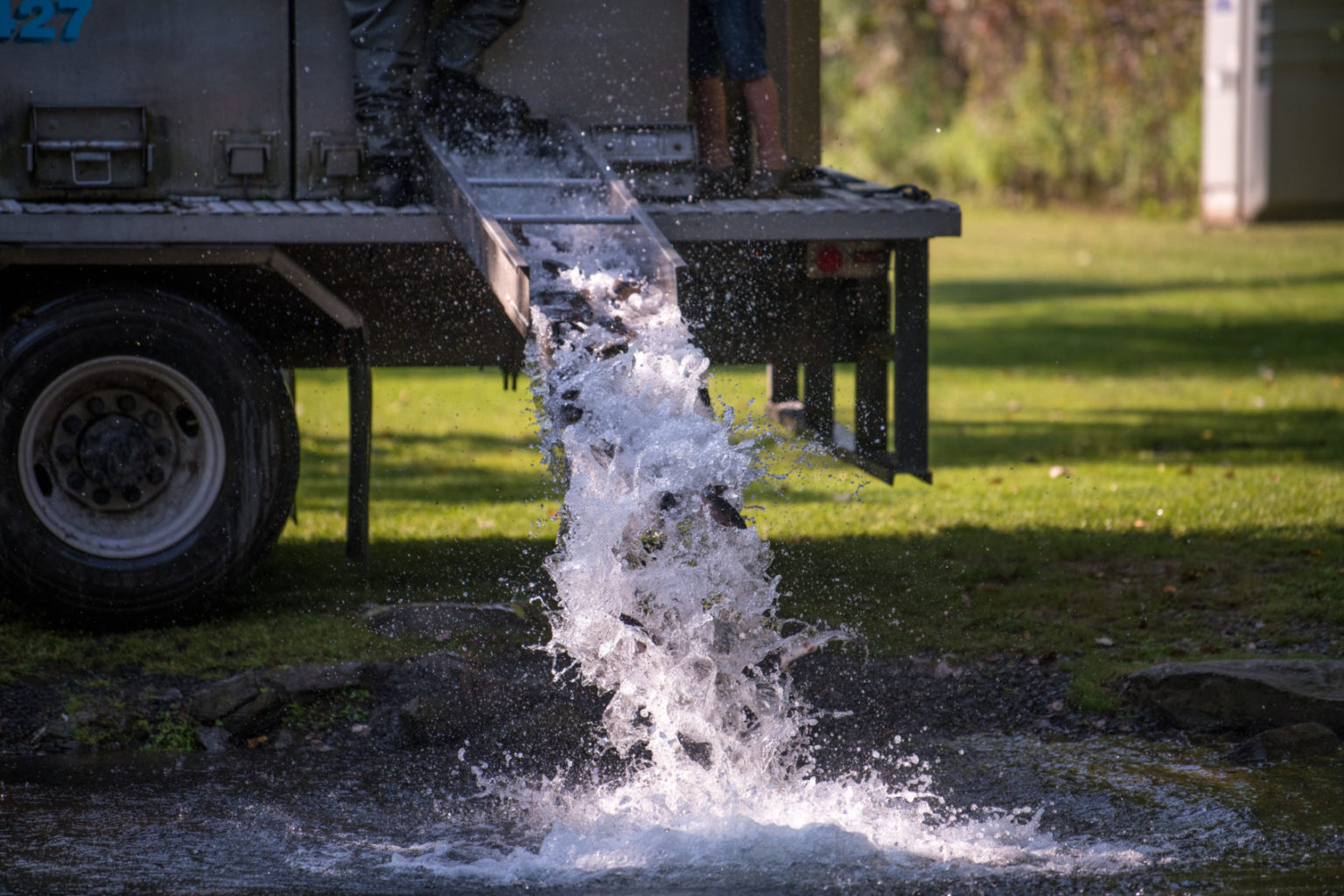
Stocking Guide

Considerations
The first consideration should be the water you’re putting the fish into. If it’s a pond, then to support fish it must have an inflow and an outflow of water throughout the year. If there isn’t a constant supply of new water coming in, it will stagnate, meaning that it will run out of dissolved oxygen. If the pond runs out of oxygen, fish will die. For streams, the stream must have flowing water throughout the year.
The second consideration should be what kind of fish you would like to stock. Different fish have different requirements for survival.
The third thing to consider is what you are stocking fish for. If you are stocking to catch and eat, to grow in the pond, or just to have a healthy balanced community in the water body, then it will factor into the species and quantities you stock.
Pond Stocking
Water and Fish Type
What is the water source for your pond? Spring fed ponds are the most likely to be able to support trout, because they are typically cold and flow year-round. Streams and wells are two other pond water sources. No matter the source, you should know the temperature variation (through the year), depth, and water flow of your pond before stocking. Different fish have different requirements for those parameters so to know what fish your pond can support, you must know about your pond.
Trout Requirements
Water temperature and the amount of dissolved oxygen are the two most important factors when determining the species and quantity of fish that can be stocked. You need to know the temperature range of your ponds water throughout the year before deciding what to stock. Temperatures that frequently rise above 70 degrees Fahrenheit mean that the pond will most likely not support trout. Above 74 degrees is considered lethal for trout. The optimum temperature is between 50 – 60 degrees. Even among trout species, there is some variation in tolerance levels. Brown and rainbow trout can handle temperatures in the upper 60’s much better than brook trout. Brook trout will struggle once temperatures reach the mid 60’s.
Dissolved oxygen levels are important too. Optimal D.O. for trout is 7ppm and up. Anything below 5ppm is lethal. Typically, a pond with water that stays below 70 F and with a constant flow throughout the year (at least a full 2 inch pipe) will maintain high enough D.O. for trout. Mechanical aeration (ie, fountain) is a way to add oxygen to pond water. Companies like Kasco sell many different aeration systems.
Bass and Bluegill Requirements
Bass and bluegill are the two most commonly stocked pond fish. They can handle warmer water temperatures and lower D.O. than trout can. Optimum temperature for bass and bluegills is 70 – 85 degrees. Bass and bluegill will begin to have problems below 5ppm DO, but can survive to about 2ppm. A pond with lower flow and warmer temperatures is better suited for bass and bluegill stocking.
Amount to Stock
Trout
The amount of fish a pond can hold depends on a few things; available dissolved oxygen, food supply, and intended use.
All organisms in your pond will use DO. The animals both day and night, and the plants at night. As discussed previously, the fish you are stocking require a certain level of DO in the water.
The carrying capacity (total amount) of fish the pond can support can be determined for individual ponds if the starting DO, water flow, and total volume are known. In most cases it’s not necessary to calculate the carrying capacity. A pond that stays between 50-60 degrees year-round, has a constant flow that can fill a 2 inch pipe, has high DO, and has a surface area of around 1 acre can easily support 200 trout at 12 inches. (Around 200 lbs of biomass). More trout can be stocked if smaller, less if larger.
The amount of food available in a pond will also vary greatly from pond to pond. If you want trout to grow larger in your pond, supplemental feeding is often required.
The desired use will have an impact on the number of trout you stock. If you are stocking for a put and take; keeping them in the pond for a short time while temperatures are favorable and fishing them out to eat, then more trout can be stocked. If you plan on the fish being in your pond year-round then less should be stocked.
The best thing to do is start small. If you are stocking a pond for the first time, we recommend getting a minimum order. Watch your fish and see how they do in your pond. All ponds are different, and typically the easiest and least costly way to know what your pond can hold is to start small. (Especially with trout)
Bass
Bass and bluegill are the preferred fish to stock in ponds across the country. They are much better suited to handle the typical temperature, flow, and food availability that most ponds have. Bass and bluegill are typically recommended to be stocked between a 1:5 and 1:20 ratio with bluegill. A pond with a closer ratio will have fewer and larger bluegills over time, and size restricted bass. A pond with a wider ratio will have smaller bluegills and a few very large bass over time.
